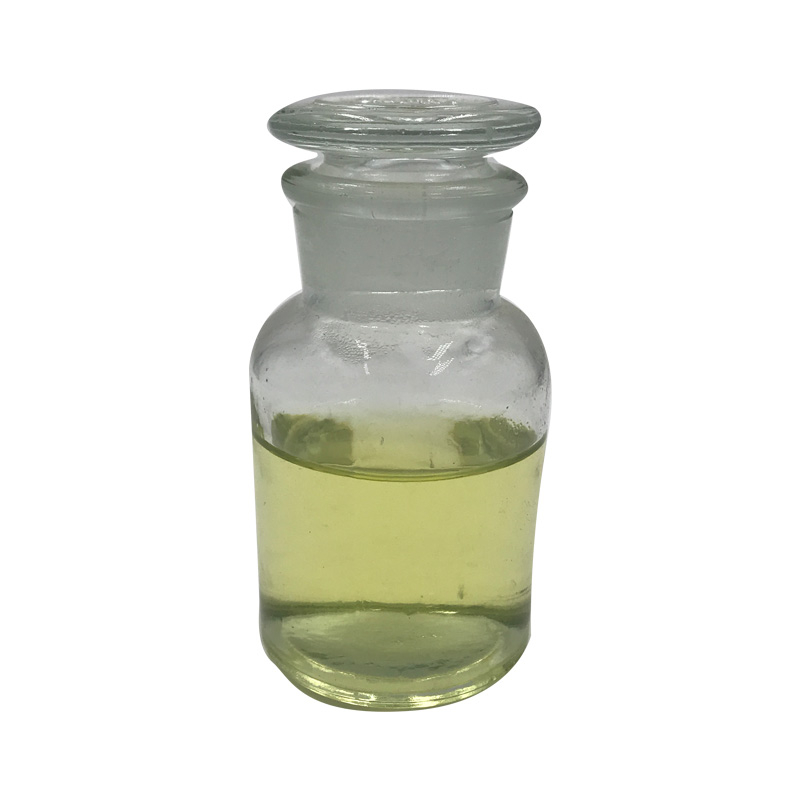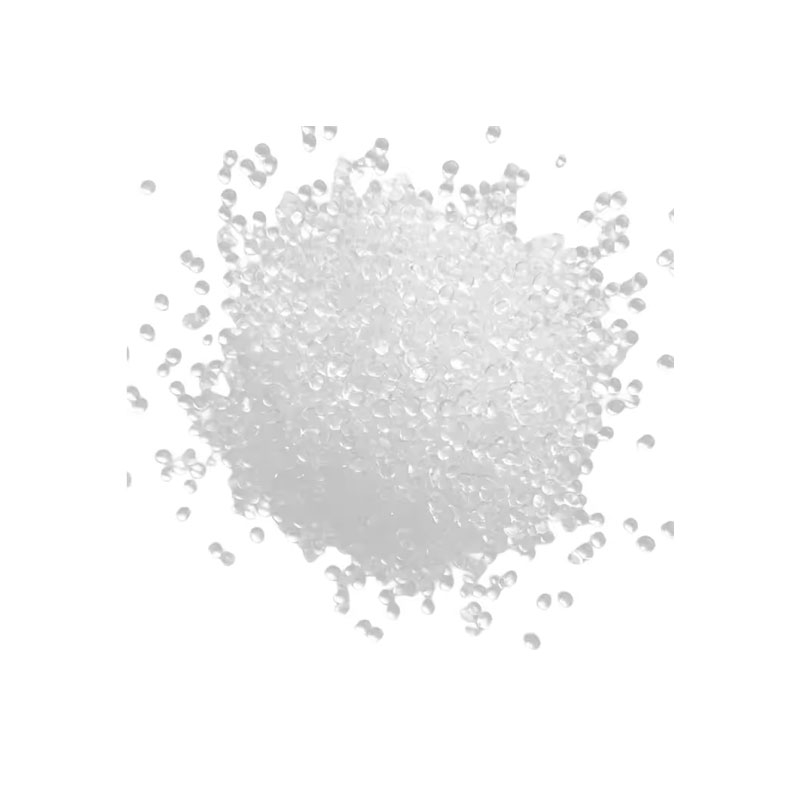EDTA-4Na CAS#67401-50-7Overview:EDTA-4Na, with the chemical formula C10H19N2NaO9 and CAS number 67401-50-7, is a widely recognized chelating agent known as edta4na or 4na edta.
Contact Now
Products Description of EDTA CAS#60-00-4Ethylenediamine can be obtained by cyclizing ethylenediaminetetraacetic acid with formamide. This is a drug primarily used to treat psoriasis, also known as psoriasis. But as an organic synthesis intermediate, it is not the main use of EDTA. EDTA and its salts can undergo complex reactions with a variety of metal ions to form a stable cyclic structure, which can effectively reduce or inhibit side reactions or harmful effects caused by metal ions.
Contact Now
Products Description of Ethylenediaminetetraacetic acid tetrasodium salt trihydrate CAS#67401-50-7Tetrasodium EDTA is a white powder that can be used as a hard water softener, a multivalent chelating agent, a fixing solution for bleaching in color photosensitive materials, and an activator for styrene-butadiene rubber.Ethylenediaminetetraacetic acid tetrasodium salt trihydrate Chemical PropertiesMelting point >300° Cstorage temp. Store at room temperaturesolubility Soluble in water.form powdercolor WhitePH10.0 to 12.0(5 g/L, 25 deg-C)CAS DataBase Reference67401
Contact Now
Products Description of Sodium chlorite CAS#7758-19-2Liquid sodium chlorite is a white or slightly yellow-green aqueous solution, alkaline, and slightly hygroscopic. It is easily soluble in water and alcohol. Sodium chlorite is relatively stable at room temperature and under normal storage conditions. It is easy to decompose and release chlorine dioxide gas when it comes into contact with acid.
Contact Now
Product Overview: Industrial-Grade Acetic AcidIntroducing our high-quality Industrial-Grade Acetic Acid (CAS #64-19-7), a versatile chemical solution designed to meet the needs of manufacturers and industrial users worldwide. Known for its effective properties and stable quality, this product serves as an essential building block across various applications in numerous industries.Product Details:Chemical Composition and PurityOur Industrial-Grade Acetic Acid is a reliable form of pure acetic acid known for its exceptional purity and consistency.
Contact Now
Products Description of Acetylacetone CAS#123-54-6This product is a colorless or slightly yellow transparent liquid with an unpleasant odor, m.p.-23℃, b.p.140.4℃, n20D1.4520, relative density 0.975, miscible with organic solvents such as ethanol, ether, chloroform, acetone, glacial acetic acid, and soluble in water.
Contact Now
Product Overview: Industrial-Grade Acetic AcidIntroducing our high-quality Acetic acid mass CAS#64-19-7, a versatile chemical solution designed to meet the needs of manufacturers and industrial users worldwide. Known for its effective properties and stable quality, this product serves as an essential building block across various applications in numerous industries.Pure Acetic Acid:Our Pure Acetic Acid, with the chemical formula CH3COOH, is meticulously produced to ensure the highest level of purity.
Contact Now
Glacial Acetic Acid (Ch3cooh) - CAS#64-19-7Product Description:Welcome to our comprehensive page dedicated to Glacial Acetic Acid, a key chemical compound with the chemical formula C2H4O2 and globally recognized by the CAS#64-19-7.
Contact Now
Propyl acetate CAS# 109-60-4Chemical Properties:Propyl acetate, also known as propyl acetate, n-propyl acetate, or n-propyl acetate, is a colorless and clear liquid with a soft fruity aroma. Naturally found in strawberries, bananas, and tomatoes. Soluble in most organic solvents such as alcohols, ketones, esters, and oils, and slightly soluble in water.Quality Assurance:We maintain strict quality control to ensure our glacial acetic acid meets the highest purity standards, essential for critical industrial applications.Professional Sales Pitch:As a sales professional, I understand th
Contact Now
Products Description of Lead monoxide CAS#1317-36-8Lead oxide is an inorganic substance with the chemical formula PbO. It is a yellow crystalline powder, insoluble in water, insoluble in ethanol, soluble in nitric acid, acetic acid, and hot alkali. It is mainly used as a pigment, metallurgical flux, and paint drier.
Contact Now
Products Description of Copper Chromite CAS#12018-10-9Copper chromite (CuCrO4) is an inorganic compound with the following properties: Appearance: Copper chromite appears as red crystals or powder.
Contact Now
Products Description of Cupric oxide CAS#20427-59-2Chemical formula Cu(OH)2. Molecular weight 97.56. Blue to blue-green gel or light blue crystalline powder, toxic. Relative density 3.37. Color darkens at 60-80℃. Insoluble in cold water, decomposes into copper oxide in hot water, dissolves in acid to form divalent copper salt, dissolves in excess concentrated alkali to form tetrahydroxy cuprate, dissolves in concentrated ammonia or potassium cyanide solution to form dark blue tetraamminecopper(II) dihydroxide solution or colorless potassium tetracyanocuprate(II) solution.
Contact Now
Products Description of Nicarbazin CAS#330-95-0Nicarbazine is a complex of dinitrodiphenylurea and hydroxydimethylpyrimidine. It is a yellow or yellow-green powder; odorless, with a slight peculiar smell. This product is slightly soluble in dimethylformamide and insoluble in water, ethanol, ethyl acetate, chloroform and ether.
Contact Now
Products Description of PTBP CAS#98-54-44-tert-Butylphenol is a white crystalline solid under normal temperature and pressure. It is easily soluble in organic solvents such as ethanol, ether, and benzene, and is insoluble in water.
Contact Now
Products Description of Nicotinamide CAS#98-92-0Nicotinamide, also known as nicotinamide, vitamin B3 or vitamin PP, is a water-soluble vitamin belonging to the B vitamins. It is a component of coenzyme I (nicotinamide adenine dinucleotide, NAD) and coenzyme II (nicotinamide adenine dinucleotide phosphate, NADP).
Contact Now
Products Description of 3,4-Dimethylpyrazole phosphate CAS#202842-98-63,4-Dimethyl-1H-pyrazole dihydrogen phosphate is a yellow or white crystalline powder substance, which can be used as a new type of nitrification inhibitor and can be used in solid and liquid fertilizers.3,4-Dimethylpyrazole phosphate Chemical PropertiesMelting point 167-169°Cstorage temp. Inert atmosphere,2-8°Csolubility Methanol (Slightly), Waterform Solidcolor White to Pale BeigeStability:HygroscopicFactory and Equipment ShowFast transport timeInventory 2-3 working days New man
Contact Now
Products Description of GALL CAS#8008-63-7Ox bile, the bile or bile of cattle or buffalo. It has the effects of clearing the liver and improving eyesight, promoting bile and clearing the intestines, detoxifying and reducing swelling. Fresh cattle gallbladders are kidney-shaped, about 18 to 20 cm long, about 5 to 6 cm at the widest point, and become cystic with longitudinal wrinkles after drying.
Contact Now
Products Description of 2,2,6,6-Tetramethylpiperidinooxy CAS#2564-83-22,2,6,6-Tetramethylpiperidinyl oxide, abbreviated as TEMPO, is a piperidine-type nitrogen oxide free radical. TEMPO is an orange-red, easily sublimable crystal or liquid, and is easily soluble in solvents such as water, ethanol, and benzene.
Contact Now
Products Description of 2,2-Dibromo-2-cyanoacetamide CAS#10222-01-2White crystals. Melting point 125℃, soluble in general organic solvents (such as acetone, benzene, dimethylformamide, ethanol, polyethylene glycol, etc.), slightly soluble in water (100g water dissolves 1.5g at 25℃). Its aqueous solution is relatively stable under acidic conditions and easily hydrolyzed under alkaline conditions. Increasing pH value, heating, ultraviolet light or fluorescent irradiation can greatly accelerate its dissolution rate.
Contact Now
Products Description of Antioxidant 1330 CAS#1709-70-2Hindered phenol antioxidant 330 is a white crystalline powder with a melting point above 244°C. It is insoluble in water. Its solubility in some solutions at 18°C (g/100g solvent) is: benzene 20, dichloromethane 31.9, methylcyclohexane 1.7, methanol 0.2, isopropanol 0.1.
Contact Now
Products Description of Antioxidant 1330 CAS#1709-70-2Hindered phenol antioxidant 330 is a white crystal powder with a melting point above 244°C and is insoluble in water. The solubility (g/100g solvent) in certain solutions at 18°C is: benzene 20, methylene chloride 31.9, methylcyclohexane Alkane 1.7, methanol 0.2, isopropyl alcohol 0.1.
Contact Now
Products Description of Pyridine hydrochloride CAS#628-13-7Pyridine, an organic compound, is a six-membered heterocyclic compound containing a nitrogen atom. It can be regarded as a compound in which one (CH) in the benzene molecule is replaced by N, so it is also called nitrogen benzene. It is a colorless or slightly yellow liquid with a foul odor. Pyridine and its homologues exist in bone tar, coal tar, coal gas, shale oil, and petroleum.
Contact Now
Phenol CAS# 108-95-2 Phenol is the easiest member of a classification of natural compounds possessing a hydroxyl team connected to a benzene ring or to a extra complicated fragrant ring system.Also recognized as carbolic acid or monohydroxybenzene, phenol is a colorless to white crystalline fabric of candy odor, having the composition C6H5OH, bought from the distillation of coal tar and as a derivative of coke ovens.Phenol has extensive biocidal properties, an
Contact Now
Products Description of Meglumine CAS#6284-40-8MeglumineChoosing a suitable counter ion for a drug is particularly important for improving the solubility and bioavailability of the drug. Meglumine (N-methyl-D-glucosamine, MChemicalbookeglumine) is a counter ion widely used to improve the solubility of drugs.
Contact Now


































